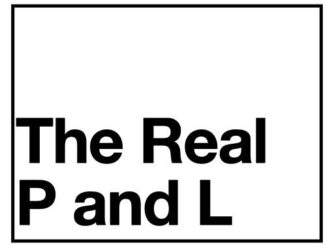“Seiko Sharply Lowers Earnings Outlook”, “Tech Stocks Rally, Pushing Nikkei 225 Higher by 1.0%”, and “French Economic Growth Weakens” are typical morning headlines from the Wall Street Journal. We see these replaceable headlines every day on your news outlet of choice.
On the same day as those headlines, we also saw the following: “Terrorist Attacks Hit U.S. Pentagon, World Trade Center”, “Terrorist Attacks Halt Trading in U.S., Roil Markets Abroad”, and “Dollar Falls Sharply In Global Trading”. Those first three headlines were the articles everyone was reading on their way to work on September 11th, 2001. A seemingly normal day to start turned into the day where the largest terrorist attacks in history took place.
The stock market fell 14% once it opened back up the following week causing a loss of $1.4 trillion. Airlines were hit the hardest with American and United dropping around 40% during the trading days that followed. Insurance companies also took a very large hit as well.
No one could have predicted 9/11. Just like no one predicted COVID-19 happening in 2020. Read any 2020 stock market predictions written in late 2019 and see how many reference a pandemic that would shut down the globe. COVID-19 had the build-up of being a disease that was just happening in China, to something very serious happening in China, to the start of the globe spread, to shutting the world shutting down to prevent further spread.
There was a gradual build-up as the threat became more real, which is the opposite of 9/11. We saw an increase in the sell-off of stocks, while 9/11 shut the whole stock market down in an instant. More important than the impact these events had on the stock market, these events had impacts on the daily lives of people. In the case of COVID, almost everyone on Earth was impacted in varying degrees.
Whether we like it or not, life throws catastrophic events at us. Sometimes it feels like the rug gets pulled out underneath us without realizing what happened, similar to an event like 9/11. There is no preparation that can be done to a loved one passing away in a car accident. Even the diagnosis of a terminal illness has an instantaneous impact that can’t be anticipated, which leads to a gradual decline. One day you’re fine, the next you have a counter on your days remaining.
The table below are the total returns if you invested $1,000 a month into the S&P 500. The total returns on some of the early years don’t seem real. It’s hard for humans to project the true power of compounding.
| Year | Amount Invested | Annual Return | Total Return |
| 1900 | $1,462,000 | 8.93% | $4,701,634,435.67 |
| 1910 | $1,342,000 | 9.24% | $2,674,390,046.51 |
| 1920 | $1,222,000 | 9.53% | $1,403,200,476.96 |
| 1930 | $1,102,000 | 9.90% | $743,285,879.00 |
| 1940 | $982,000 | 10.17% | $343,114,610.28 |
| 1950 | $862,000 | 9.81% | $106,346,218.88 |
| 1960 | $742,000 | 9.90% | $43,329,752.97 |
| 1970 | $622,000 | 10.68% | $22,616,848.29 |
| 1980 | $502,000 | 10.84% | $8,506,831.08 |
| 1990 | $382,000 | 10.10% | $2,536,476.57 |
| 2000 | $262,000 | 10.93% | $1,003,476.70 |
| 2010 | $142,000 | 15.69% | $377,775.40 |
| 2020 | $22,000 | 33.56% | $28,689.76 |
Within this time period, we’ve had multiple world wars, a great depression, tech bubbles, recessions, terrorist attacks, and countless other world-shaking events. What does this table tell me? Despite these events, if you are consistent with your actions and behaviors in the right areas of life, you’ll be just alright over time.
Peace and Love.
